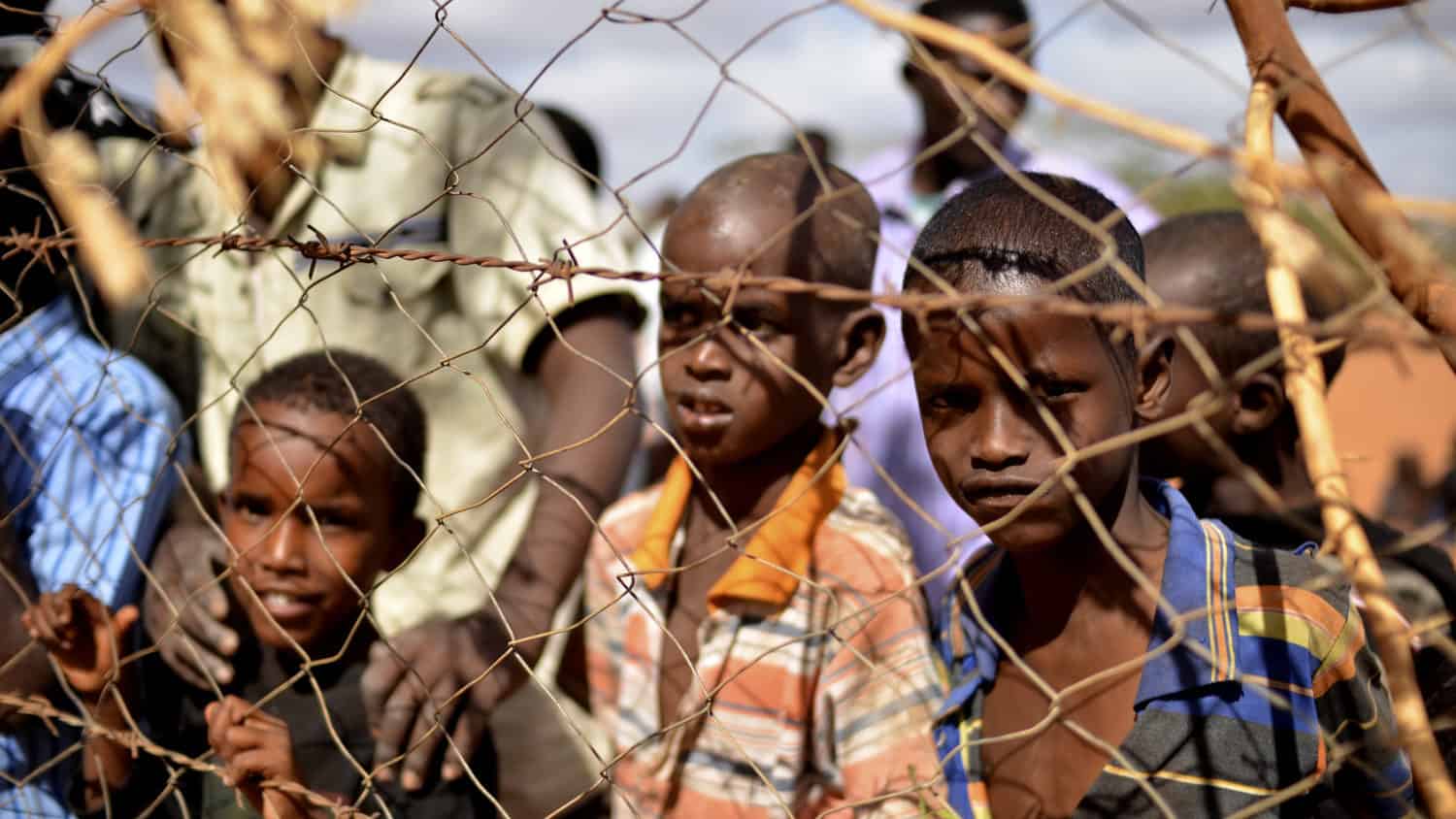
In 2012 Dadaab was the world’s largest refugee camp, with an immensely complex information environment and more than one million Somali refugees. Internews conducted research in 2011 and 2013 to identify major communications gaps, and found that radio was the most trusted source of information in the camps. We addressed these information needs through its Dadaab Humanitarian Information Service (HIS), a project that empowered local journalists to report on the issues relevant to their communities, and created a platform for feedback with humanitarian stakeholders in the camps.
Through a partnership with the radio Star FM, the Dadaab HIS project established a dedicated radio station for the refugee populations and connected affected communities to the core of the humanitarian response. The HIS project increased aid effectiveness, accountability, transparency, and helped mitigate the refugee community vulnerability, ultimately strengthened the resilience and empowerment of local host and refugee communities. This project was funded by the European Commission – European Civil Protection and Humanitarian Aid Operations (ECHO), the US Office of Transition Initiatives (OTI), and supported by UNHCR and NRC.
IMPACT
- Reaching the affected population – Since beginning broadcasts on February 18th 2013, Internews and its partner SMDC produced more than 281 original episodes of the Gargaar program. Each episode contained between three and six separate segments, packages or live interviews. Almost every radio report included a range of voices including those of the humanitarian sector and the target population.
- Accountability – The feedback gained throughout the project and during the focus group discussions established that the community felt ownership of the programs, giving feedback such as “the Gargaar program is a link between the refugees and the humanitarian organizations in the area” and “since the program was started there is more transparency and accountability in the way different organizations carry out their interventions in the camp.”
- Improving Access to Services – The humanitarian community grew to greatly appreciate the communication opportunities offered by the program, providing feedback such as that of Siyat Moge from the Kenyan Ministry of Health, who said “the feedback we receive from the community as we monitor polio vaccination was that radio information was the greatest source of information, including remote areas in Dadaab district.”

